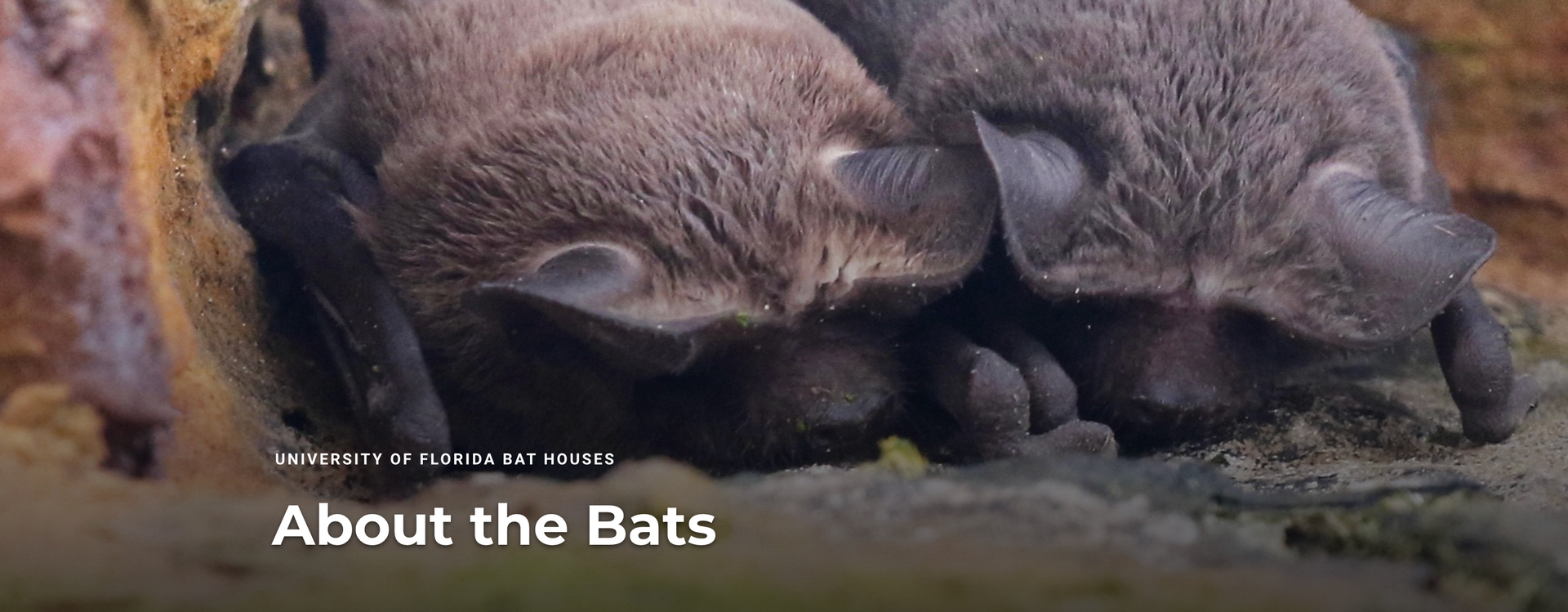Go Batty in Gainesville! Visit the UF Bat Houses on UF Campus

Guardians of the Night: Unveiling the Wonders of the University of Florida Bat Houses
Address: Museum Rd, Gainesville, FL- across from Lake Alice
Hours: The bats start flying at Dusk
As the sun dips below the horizon in Gainesville, Florida, a spectacle unfolds at the University of Florida (UF). Thousands of dark shapes emerge from their daytime havens, taking flight in a mesmerizing aerial ballet. These aren't birds, but rather a colony of bats – one of the largest in the world residing in human-made structures – calling the UF Bat Houses home.
A Haven for Tiny Titans: History of the UF Bat Houses
The story of the UF Bat Houses begins in the late 1980s when Dr. Merlin Tuttle, a renowned bat biologist, recognized the ecological importance of bats and the increasing threats they faced due to habitat loss. He approached the University of Florida with a revolutionary idea – construct bat houses to provide safe havens for these vital creatures.
In 1991, the first UF Bat House, a single gabled structure, was erected on campus. The success was immediate, attracting hundreds of bats within weeks. Recognizing the growing colony's needs, a second, larger house was built in 2009, followed by a third in 2017. Today, these three bat houses, with a combined capacity of sheltering over 750,000 bats, stand as testaments to UF's commitment to urban wildlife conservation and Dr. Tuttle's visionary leadership.
Beyond Bricks and Mortar: The Ecological Importance of Bats
Bats may appear like creepy creatures of the night, but they are ecological powerhouses playing a crucial role in maintaining healthy ecosystems. Here's why these tiny titans deserve our respect and protection:
Natural Pest Control: Bats are voracious insect eaters, consuming massive quantities of mosquitoes, moths, beetles, and other flying insects. A single bat can devour hundreds of insects in a single night, significantly reducing pest populations and protecting crops from damage.
Seed Dispersal and Pollination: Many bat species play a vital role in plant reproduction. As they feed on fruits and berries, they disperse seeds over vast distances, facilitating plant growth and ensuring the health of forests and other ecosystems.
Pollination Powerhouses: While not as well-known as bees, some bat species act as vital pollinators, especially for night-blooming plants. Their nocturnal foraging habits ensure the successful reproduction of these plants, contributing to the biodiversity of our ecosystems.
A Glimpse into the Night: Witnessing the Bat Emergence
The UF Bat Houses offer a unique opportunity to witness the awe-inspiring phenomenon of bat emergence. As dusk settles, stand near the bat houses and watch as thousands of bats, primarily Brazilian free-tailed bats, take flight in a coordinated stream. Their silent, graceful movements against the darkening sky are a sight to behold.
Beyond the Spectacle: Unveiling the Lives of UF's Bat Residents
While the emergence is a captivating spectacle, the lives of the bats within the UF Bat Houses are fascinating. Here's a peek into their hidden world:
Social Creatures: Brazilian free-tailed bats are highly social animals, forming large maternity colonies where females raise their young together. Within the UF Bat Houses, these colonies create a complex social structure with intricate communication systems and cooperative behaviors.
Masters of Navigation: Bats are equipped with a remarkable ability called echolocation, allowing them to navigate and hunt in complete darkness. By emitting high-frequency sounds and interpreting the returning echoes, these tiny creatures build a detailed picture of their surroundings.
Seasonal Residents: The UF Bat Houses serve as a vital wintering ground for Brazilian free-tailed bats. These bats migrate seasonally, seeking warmer climates during the winter months. The UF Bat Houses provide a safe haven for them to raise their young and avoid the harsh northern winters.
Protecting the Night Flyers: Research and Conservation Efforts
The UF Bat Houses are more than just a bat sanctuary; they serve as a vital research platform. Researchers at UF conduct studies to understand bat behavior, migration patterns, and the impact of environmental changes on bat populations. This research helps inform conservation efforts and ensure the long-term survival of these essential creatures.
Threats and Challenges: Protecting a Vulnerable Species
Despite their ecological importance, bats face numerous threats. Habitat loss due to deforestation and urbanization is a major concern. Additionally, bats are susceptible to a deadly fungal disease known as White-Nose Syndrome (WNS), which has devastated bat populations across North America. The UF Bat Houses play a crucial role in mitigating these threats by providing safe habitat and facilitating research that contributes to conservation strategies.
Looking for a place to stay while visiting the local Gainesville attractions? Look no further than Gainesville's locally owned vacation rental company, StayGainesville. Book directly on our site, or call us at 352-519-3994 for guidance. For homes and condos, StayGainesville has many options- large and small/ budget and luxury, and more. For a shorter stay, we have 2 beautiful historic Inns in downtown Gainesville. The Camellia Rose Inn and The Laurel Oak Inn- both have unique personalities and they both feel like a home away from home.

Maximize Your Investment: Why Gainesville, FL Is a Profitable Market for STR Property Owners
For property owners considering how to get the best return on their real estate investments, the rise of the short-term rental (STR) market in Gainesville, Florida presents a unique and highly profitable opportunity. Over the past five years, STRs in this college town have proven to outperform many long-term rental models — especially when paired with expert management.
Gainesville’s constant demand from University of Florida events, visiting medical patients, business travelers, and regional tourism ensures consistent income for savvy property owners. And with StayGainesville as your trusted management partner, converting your property into a thriving STR has never been easier — or more rewarding.

Why Property Owners Trust StayGainesville: The Premier Short-Term Rental Management Team in Gainesville, FL
Owning a short-term rental can be a profitable and rewarding venture — but it’s not without its challenges. From guest communication and turnover management to emergency maintenance and dynamic pricing, the daily demands of running a successful vacation rental require time, attention, and expertise.
That’s where StayGainesville comes in.

